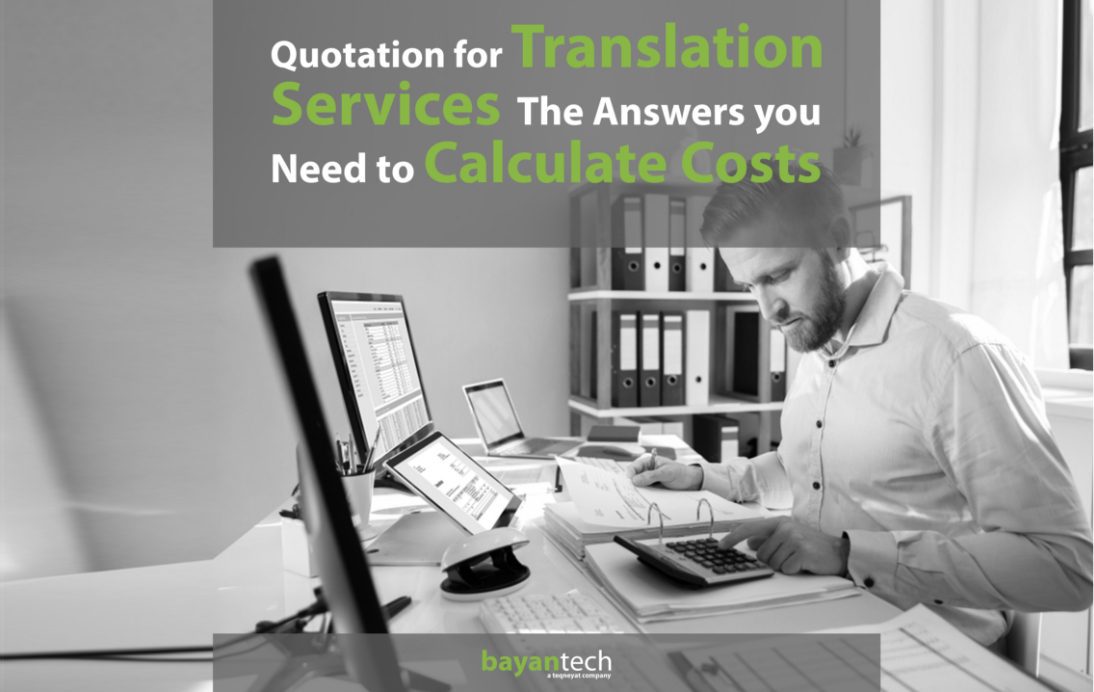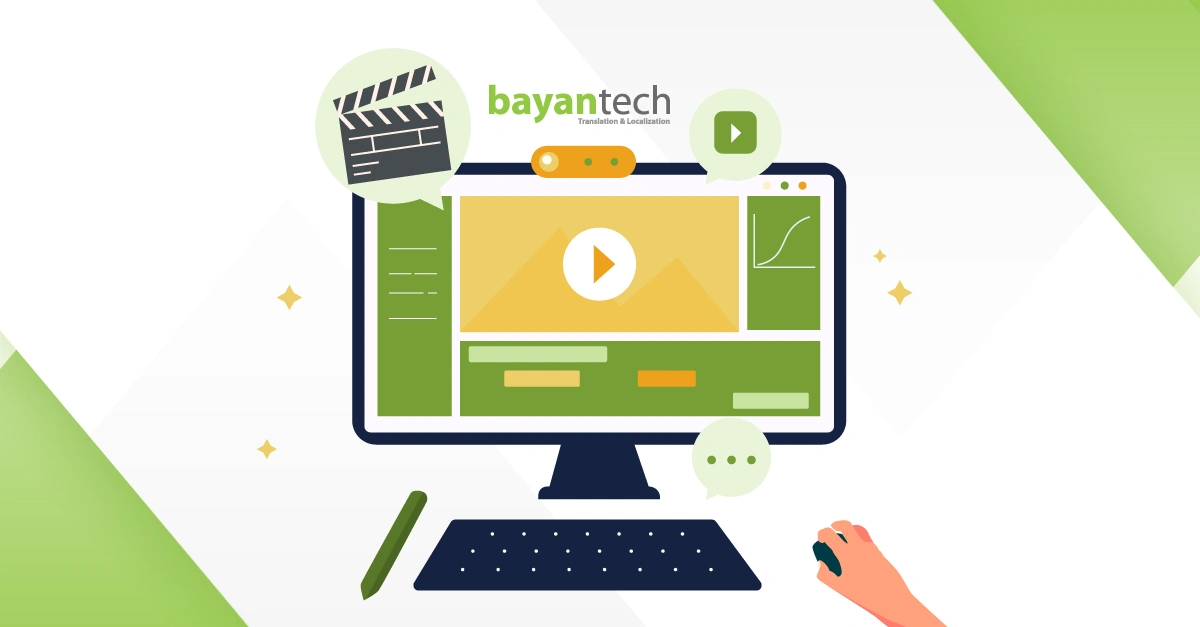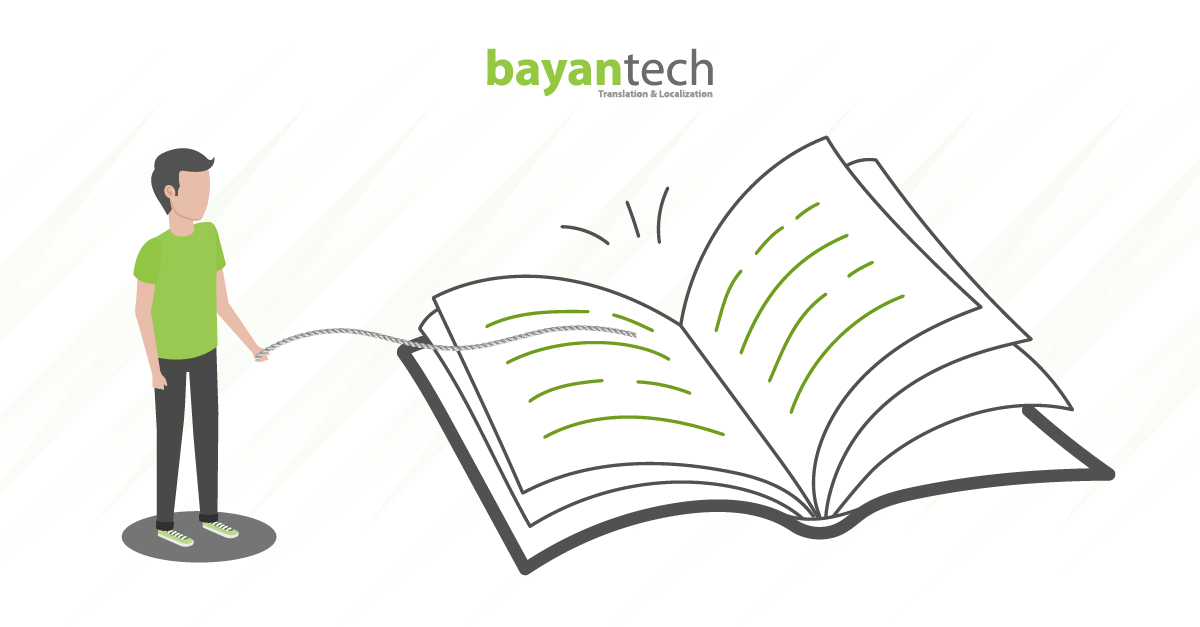Are you interested in translation services? If so, you probably want to discover how much a translation costs and the factors that determine the price quote.
When thinking about translation, the general public often believes that it is simply a matter of rendering words to another language. However, translation projects tend to have more complex requirements. This is especially the case in certain kinds of translation, such as the translation of technical documents or the transcreation of marketing collateral.
That’s why, language services providers become essential if you are looking to operate your business on a global scale, and when looking for the best translation agency, it’s wise to inquire about their cultural and industry-specific expertise.
In this post, we’ll explain the most efficient method of calculating a quotation for translation services. For this purpose, we’ll answer the following questions:
- How do translation companies charge for translations?
- What are the factors that can influence the quotation for translation services?
- How much should you expect to pay for your translation project?
Let’s begin.
How Much Does Translation Cost?
If you want the most accurate estimates for your next legal translation project, you can use bayantech’s free online calculator. Fill up this form and you’ll get an estimate for how much the project is likely to cost, within a few minutes.
How Do Translation Companies Charge for Translations?
There are key common ways to charge for translation services:
- Word Count: This may seem like the fairest option. And it’s the one that is most commonly used. For instance, the average cost per word for legal document translations could range between 0,8 US$ to 0,40 US$ per word. However, be sure to confirm whether you are paying for the number of words for the source language or the target language. The price is usually lower if the target language is the professional translator’s native language.
- Number of Pages: This quoting method is frequent in certain translation subdisciplines. It’s not uncommon for the translation of legal, medical, or technical documents to be charged per page.
- Number of Hours: This is an unusual option that is most often used when editing a text that has already been translated, and for large projects such as Website Translation & Localization, or projects with a great deal of graphic design & DTP involved.
- Document Size: If your document is only 300 words in length, you’ll most probably pay a minimal translation fee, commonly referred to as Minimum Fee.
- Flat Fee: This is another unusual way to charge for translation, as many factors determine a project’s price, and they may exceed the rigidity of a flat fee. Some LSPs charge a flat fee for urgent translation projects.
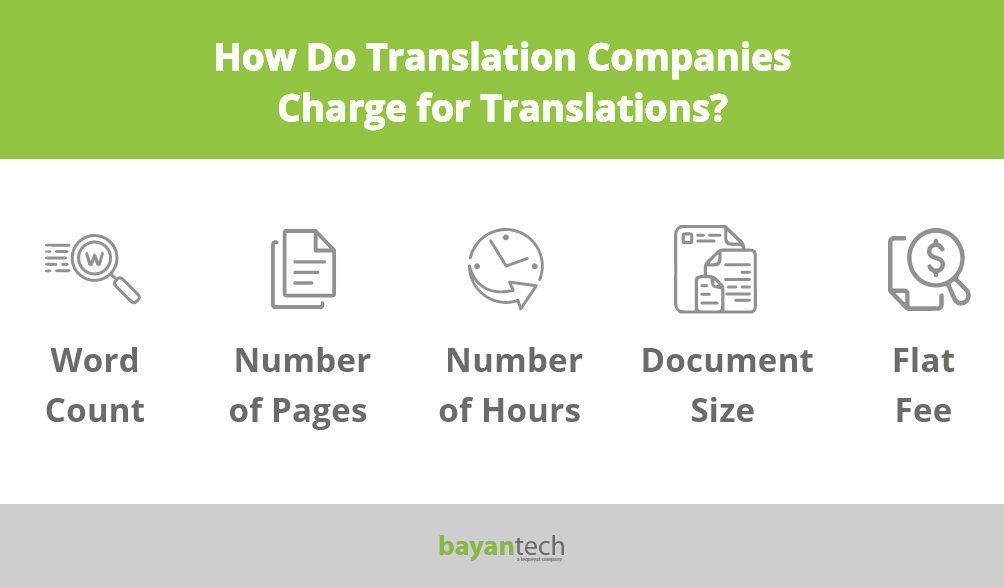
What Factors Can Influence the Quotation for Translation Services?
Document translation covers different levels of complexity. The specificity of the content and the target language make the translation more expensive. Medical document translations into a challenging language such as Japanese, for example, will be more expensive than the translation of a less specialized document into English or Spanish. But these two factors merely scratch the surface of this question: how do you calculate language service translation quotes?
Several other factors come into play and can influence the quotation your translation company provides you. These factors include:
- Language Pair Rarity
- Subject-matter Complexity
- Desktop Publishing (DTP) and DTP QA
- Turnaround Times
- Translation, Editing, and Proofing (TEP) and Extra Services
- Technology and Tools Implemented by the Translation Team
- Output Format
- Project Management Expertise
Language Pair
It’s an industry standard that the price of common languages is more affordable than rare languages. And it’s a worth-noting fact that the rarity of language pairs will depend on where the translation agency is located. A Middle Eastern language service provider, for instance, is more familiar with Arabic than a U.S. company.
On the other hand, if the language pair includes different writing systems, the translation cost may increase. The translation cost, however, may decrease if both are major languages with common linguistic roots. Spanish and English, for example, are more common than Swedish and Japanese, and therefore, per word translation fees are usually lower.
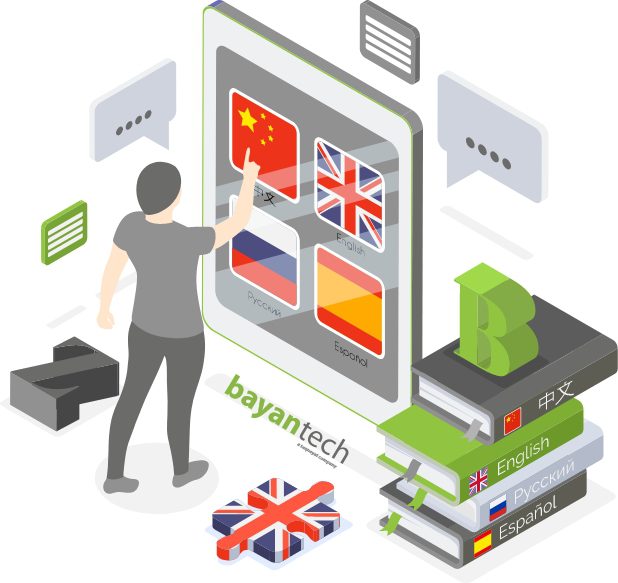
Complexity & Glossary
The complexity of the document’s subject matter influences translation costs. We are talking here about more specialized projects than mere general translations, such as legal, healthcare, or financial translations. These projects require professional translators who have expertise and knowledge in the particular field, which is a key component to achieve quality translations and guarantee a smooth and detail-oriented workflow.
These types of projects use a niche vocabulary unique to their industries. And for that, translation companies integrate glossaries throughout the translation. A glossary contains key terminology taken from the source files provided by the client, as well as from a large terminology database, maintained by the translation company, ensuring terminology precision and consistency.
So while industry-specific terminology could partly affect your quotation for translation services, articulating glossaries and working with cutting-edge translation technology help reduce costs, while redistributing time to meet the tightest of deadlines without sacrificing quality in outputs.
Sign up to our newsletter to receive the latest blogs and news.
Desktop Publishing & DTP QA
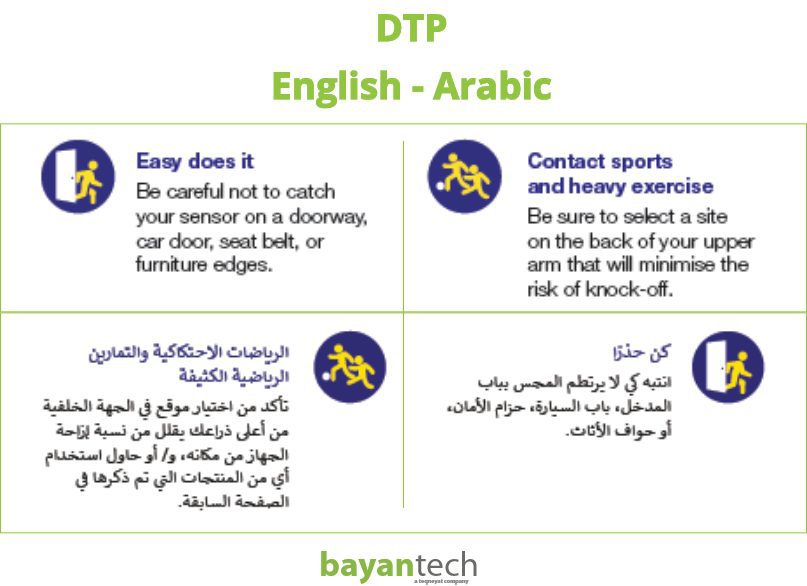
Turnaround Times & Tight Deadlines
We understand that translation projects are sometimes subject to tight deadlines. Documents, such as those in the legal field, can sometimes be urgent and must be translated at the last minute for a trial to continue normally.
Generally speaking, the tighter the deadline (and shorter turnaround time required), the higher the cost. A professional translator may translate around 2000-2500 words per day. An estimate that could change depending on the nature of the document. Accordingly, for a project with an aggressive schedule, this might mean getting more translators on board to deliver on time without sacrificing quality. The thing that explains why for urgent projects, translation companies usually charge rush fees.
However, having the right mix of cutting-edge translation technology and the eyes of professional human translators makes it possible for a professional translation company to articulate and accomplish large projects in flexible turnarounds, while keeping a client’s budget in check.
Interested in Learning More about Quotation for Translation Services Cost?
We’ve created a Handy Guide to Technical Translation Rates
Get this article’s core concepts, in a portable and convenient format.
Translation-Editing-Proofreading
As complementary services, most commonly, your quotation for translation services will include:
- Translation
- Editing
- Final proofreading.
Translation-editing-proofreading (TEP) guides the text translation from the original language into the target languages. TEP preserves the original selection of words and guarantees that they’re accurately interpreted in the target language.
By taking a look at the context of the source document, the translator interprets and translates the words. Later, the editor checks if the translated words convey the same message as words in the original language. The editor will verify whether he or she could improve these expressions while maintaining technical accuracy, connotation, and emotion. Finally, the proofreader finds and corrects spelling, grammar, and punctuation errors, ideas, and word-choice problems in the final document. Proofreaders tend to be on the lookout, not only for mistakes coming from the translation but also for mistakes related to the translation’s final formatting.
Translation-editing-proofreading (TEP) guarantees quality and precision in your translation project. They eliminate the confusion that often stems from a poorly translated text.
The point is there is a whole team behind the scenes that makes sure that your translation project meets its goals. And this doesn’t just mean translating the words correctly into the target language. The material must have the same reception in any other language at a terminological, cultural, and also legal level.
But translation companies don’t only work with linguists. They also work with professionals in a variety of disciplines, including designers and consultants. Bearing this in mind, we recommend that you consider the possibility of counting on a team of people when requesting your translation quote. The quality and precision factor that your translation project needs (and deserves) will be delivered by a group of professionals.
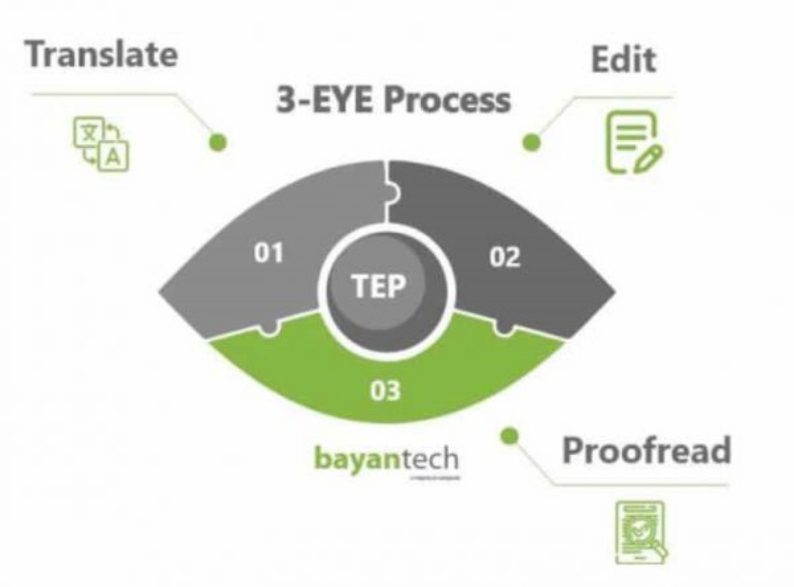
Translation Toolkit
High-performing LSPs will use state-of-the-art translation technologies to enhance the efficiency of the process. The translation company you choose will probably be using a translation management system that integrates translation memory (TM) technology and CAT tools, at the very least. The choice of translation tools will depend on the characteristics of your project. Website translation, for instance, is different from legal translation.
While cutting-edge technologies reduce turnaround times, they are the most effective way to reduce translation costs, dramatically. Translation memories, for instance, store and retrieve any matching previously translated content. In that case, you end up either paying less or nothing for these repeated words. A great choice of translation tools, like TM, considerably reduces the word count in your language translation quote.
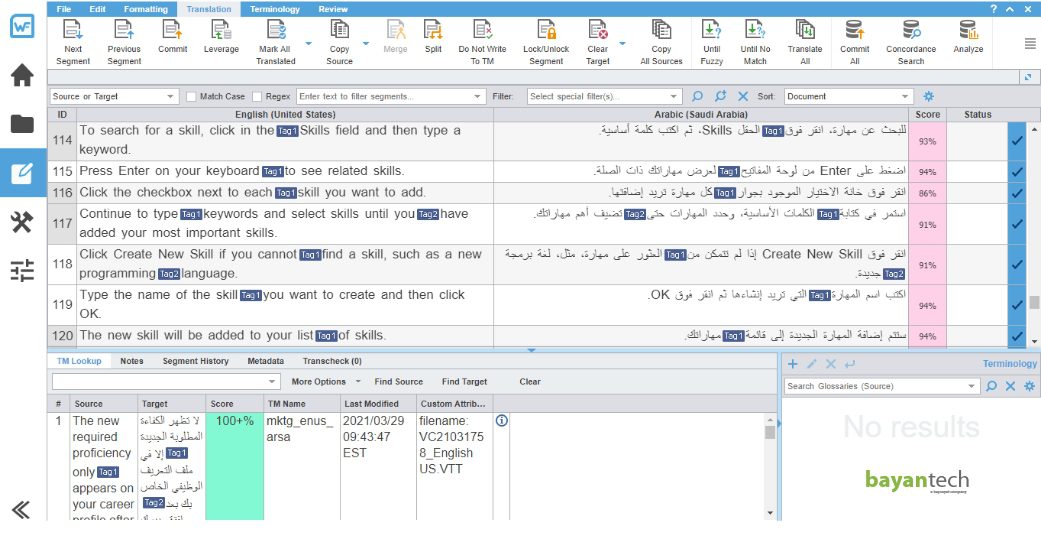
Output Format
The translation services company you choose must be able to provide the translation in any requested format. These formats can be: Acrobat PDF, laser print, offset print and/or application source files, and so on. In some instances, your desired output will carry extra costs. Be upfront about your desired format, so these costs can be included in your translation quote.
Project Management Expertise
Project managers are the unsung heroes. Translators may be the rockstars of a project, but there’s not enough credit given to project managers. From project scheduling and planning to resource allocation and coordination with the client, the role of project management in translation projects is too powerful to overlook. Put simply, a translation project without dedicated project management is chaotic and the entire project is more likely to fall apart, and that is costly.
However, a project management fee is usually included in your quotation for translation services. But don’t panic, project management makes only a tiny portion of the total project cost, which eventually significantly pays off in terms of quality and efficiency. But most of all, it saves you time, hassle, and substantial costs that you may otherwise incur because of poor or inadequate project management and execution, such as underestimating the complexity of your project, lack of coordination, or setting unrealistic timelines.
How Much Should You Expect to Pay for Your Translation Project?
When looking for the right translation services provider, it’s common to be tempted by the lowest rate. An overly-cheap translation project rates can be a bit suspicious. And in fact, it is. Cheap rates often come with expensive consequences.
When comparing language service providers, make sure that all quotes contain similar services. If one company charges half as much as another per word, it can only mean that they are charging for translation but not including editing or proofreading services. Or they are simply using an automated tool without checking the quality of the translation afterward.
In this post, we took a look at key factors you should have in mind when requesting a quotation for translation services. There isn’t a single, unique number we can provide as a universal price range.
Each company has its own pricing scale, but understanding what goes into a translation project empowers you, as a client, to make an informed strategic decision, understanding what those items in your quotation for translation services really mean.
Choose a Partner that Can Provide High-Quality and Cost-Efficient Translation Services
Face your next translation challenge with multidisciplinary experts who deliver exceptional results. At bayantech, we have more than two decades at the forefront of the language industry in the MENA region. We work tirelessly alongside renowned companies, to guarantee excellence at every stage of the translation process.
At bayantech, we also use world-class translation tools and ISO-certified best practices. Our goal is to provide you with an accurate translation that meets even the strictest deadlines, without disregarding the high quality standards that characterize us.
Get a translation quote in just a few clicks. Contact us now.

